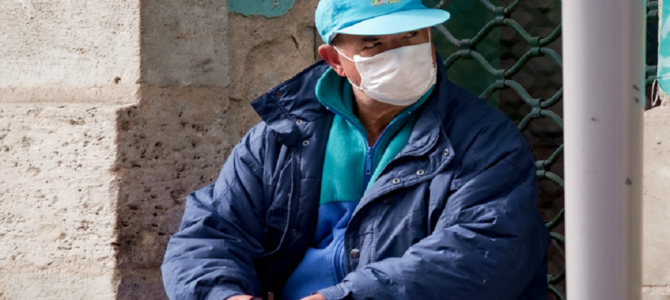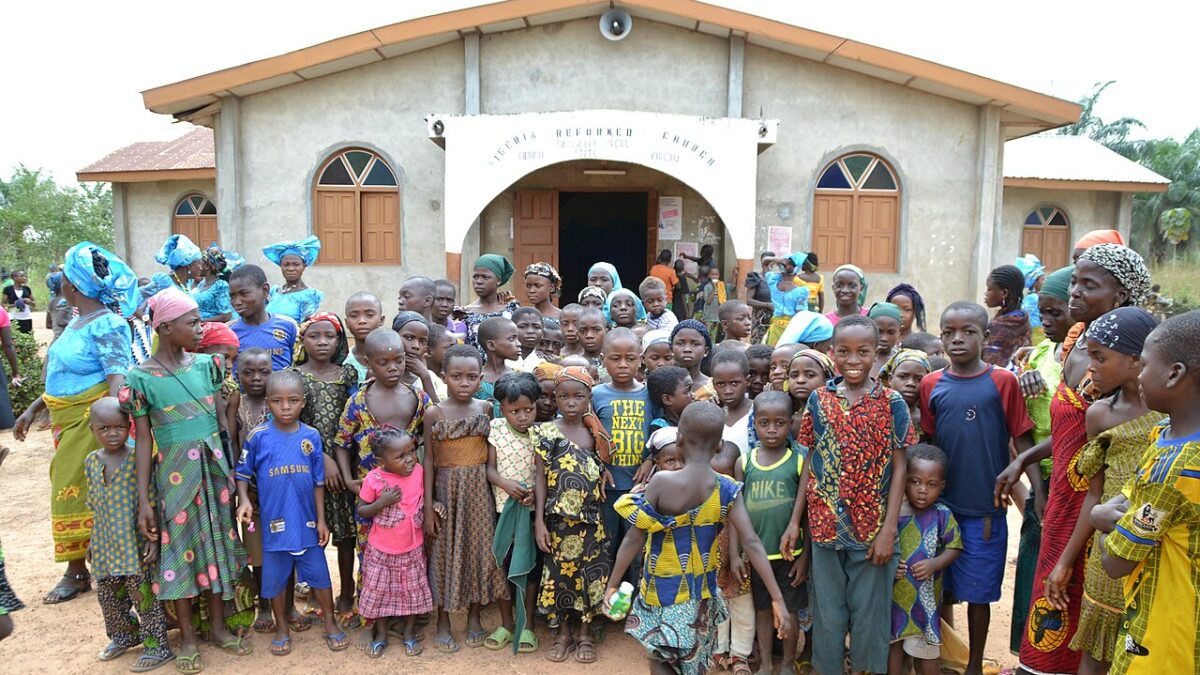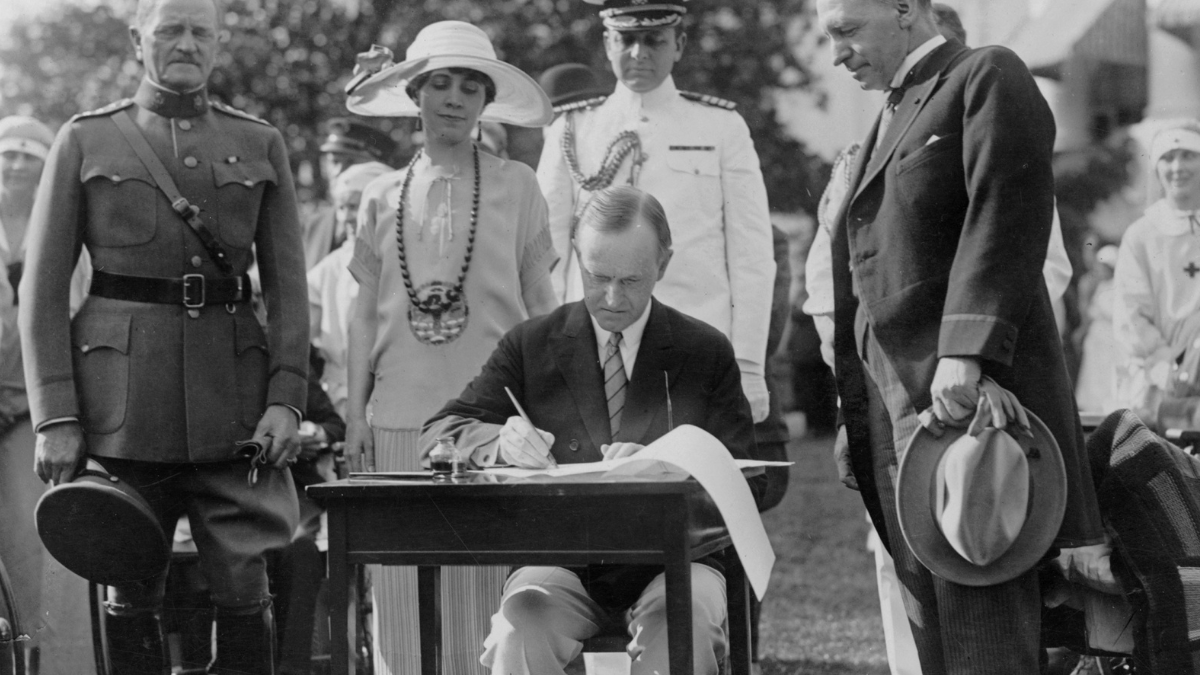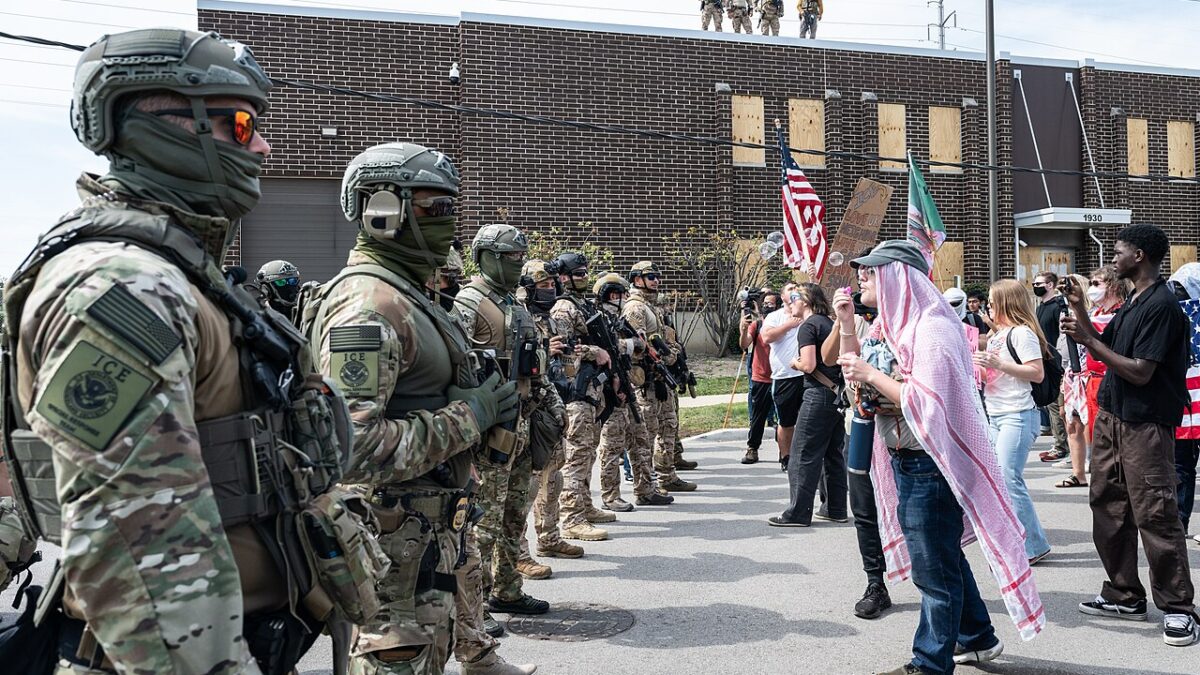
The world is hungry for some good news as the coronavirus outbreak continues to upend lives and cause serious damage to the world economy. As if by design, on March 19, Communist China reported “no new local infection of the novel coronavirus cases in the mainland for the first time since the start of the outbreak.”
Chinese state media lauded the Communist Party’s leadership for achieving this important milestone while the rest of the world is struggling to contain the outbreak. But why on earth should anyone believe in Beijing’s numbers when it was Beijing’s cover-ups and delays that resulted in the spread of this deadly virus in the first place?
To understand Communist China’s cover-ups and delays, all you have to do is to go through the timeline of the early weeks of the coronavirus outbreak. South China Morning Post reports that the Chinese government’s own data shows the first case of someone suffering from Covid-19 could be traced back to November 17, 2019. From that day until Dec. 27, the city of Wuhan saw an increased number of cases.
By Dec. 27, the central government’s health officials were informed of a new coronavirus that was causing illness, Wuhan had 180 confirmed cases. Yet Beijing waited until Dec. 30 to notify the World Health Organization’s China office, and did nothing to inform the Chinese people.
On the same day, when early whistleblowers including Wuhan Dr. Ai Fen and Dr. Li Wenliang tried to inform their colleagues and social circles about a suspicious new, SARs-like virus, they were reprimanded for “spreading rumors” by Wuhan police.
On Jan. 5, Chinese researchers in Shanghai mapped out the virus’s entire genome and recommended “appropriate prevention and control measures in public places.” But Beijing ignored this recommendation and didn’t publicly disclose the genome until Jan. 9. As late as Jan. 11, Wuhan authorities still insisted the province had only 44 confirmed cases.
The last time Wuhan health officials reported no new cases was from Jan. 11 to 17, when the Hubei provincial level Communist Party meeting was held in Wuhan. The Chinese Communist Party is known to suppress bad news for the sake of appearances whenever the party elites meet.
Even after the first-known case outside China was reported in Thailand on Jan. 13, the head of the China disease control emergency centers said on television Jan. 15 that “the risk of human-to-human transmission is low.” The general public, unaware of the risks, took no initial precautions and went about their business, including attending mass banquets. By the time Beijing announced a lockdown on Jan. 23rd, five million people had left Wuhan and the worldwide spread of the virus became unstoppable.
Why does revisiting the timeline in those early weeks matter? A new study published this month shows that “if interventions in the country could have been conducted one week, two weeks, or three weeks earlier, cases could have been reduced by 66 percent, 86 percent and 95 percent respectively – significantly limiting the geographical spread of the disease.”
In other words, had Communist China taken action at the end of December and the beginning of January, fewer people would have gotten sick and died, no country would have had to close its borders, and most of us would be able to continue to live a normal life, not worrying about stocking up on toilet paper.
In addition to its early cover-up and delay, Communist China’s behavior since the outbreak became known worldwide doesn’t build trust, either. Internationally, Communist China has launched a disinformation campaign to blame the United States for the Wuhan flu. Beijing also expelled number of American journalists so fewer foreign reporters are on the ground to verify Beijing’s claims.
Domestically, Chinese government censors, working with social media companies such as Tencent, began to censor coronavirus-related postings as early Dec. 2019, shutting down news sites and online forums, blocking certain keywords related to coronavirus outbreak, deleting online postings critical of party leader Xi Jinping and the government’s handling of the virus, including an interview of one of the early whistleblowers, Dr. Ai Fen.
Other online posts and hashtags related to demands for freedom of speech and a free press have also been quickly deleted. Since January, three Chinese citizen journalists have gone missing. They are presumed to have been detained by Chinese authorities after posting videos on social media documenting the reality of the ongoing pandemic.
While suppressing negative reports, the Chinese Communist Party’s (CCP) propaganda machine is eager to claim victory and portray party leader Xi and the CCP in the most shining light. The CCP sent 300 state media reporters to tell “positive” and “uplifting” stories in Wuhan. On March 10, Xi showed up in Wuhan in a highly staged visit. There was no footage showing him walking inside the lockdown communities like other senior party officials did. Instead, he talked to health-care workers through video conferencing.
Those who are well-versed in the CCP’s history know that Xi didn’t show up at Wuhan to see how things are going. His visit was to lay down a marker. It was meant to send the message that from that day on, all news coverage about Wuhan and the coronavirus outbreak in China has to be positive and show real or imaginary progress.
Not surprisingly, since his visit state media has churned out reports about how life is getting better and things are going back to normal in Wuhan and other parts of China. Now we are told there are no new cases in China.
Xinhua, a state-owned media organization and mouthpiece of the CCP, praised the way Beijing’s “unified and highly efficient command system” with “transparency, timely activation and adjustment of response levels by provinces,” has enabled the country to “efficiently contained the spread of the deadly virus” in less than two months. The truth is, if there are still new cases, local officials wouldn’t dare report them after Xi’s visit.
But this time, Beijing’s all-powerful propaganda machine is having a hard time selling its “positive” narratives to the Chinese people. There is widespread furor among Chinese people over how poorly Beijing handled and communicated the outbreak. Many Chinese people, including some journalists who work for state media, simply don’t buy the government’s lies anymore.
Even though Beijing keeps tightening its control over dissent, Chinese people are speaking up any way they can. Early this month, when Vice-Premier Sun Chunlan was walking through a lockdown community in Wuhan in another highly staged visit (residents were forbidden to come out to meet her), several brave residents shouted “fake, everything is fake” because they had been low on groceries and their community’s common area hadn’t been cleaned since the lockdown. The local government organized fake volunteers to deliver groceries and cleaned up the community right before Sun’s visit.
Are things really getting better in China? Has Beijing truly contained the virus? We hope so, but we have no way to verify it. And if Chinese people don’t trust their own government’s narrative, why on earth should anyone else believe what Beijing says?









